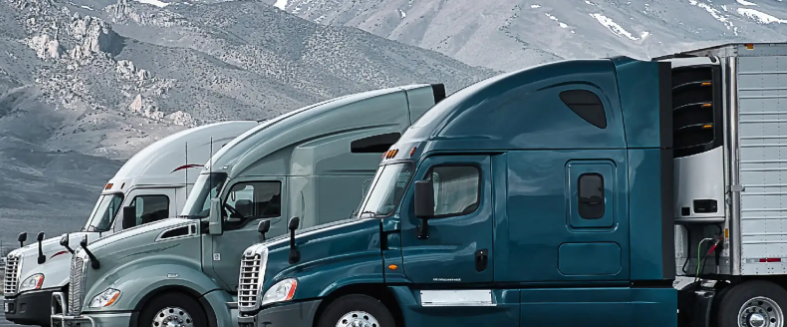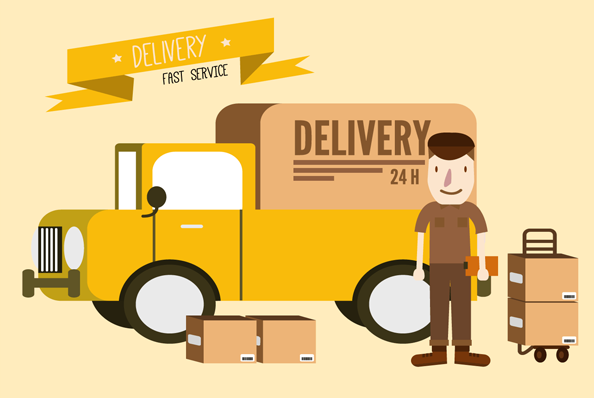
The trucking industry plays a crucial role in the global supply chain, and its health and growth are essential indicators of economic prosperity. The industry is facing a series of challenges and opportunities as it navigates the ever-evolving market conditions and technological advancements. In this article, we explore the key trends and insights that are shaping the 2023 outlook for the trucking industry.
Digital Transformation and Automation
The trucking industry is undergoing a digital transformation, with an increasing emphasis on automation and the adoption of new technologies. This is driving a shift from traditional manual processes to digital solutions that streamline operations, reduce costs, and improve efficiency.
The use of automation technologies such as GPS tracking, telematics, and predictive analytics is becoming more widespread, allowing companies to optimize their operations, improve safety, and reduce downtime. In addition, the integration of blockchain technology into the trucking industry is providing enhanced transparency and security in the supply chain, reducing the risk of fraud and counterfeiting.

E-commerce and the Last-Mile Delivery Challenge
The exponential growth of e-commerce is having a significant impact on the trucking industry, with increased demand for last-mile delivery services. As a result, trucking companies are facing the challenge of delivering packages to customers faster and more efficiently. To meet this challenge, companies are investing in new technologies, such as drones, autonomous vehicles, and robotic process automation, to streamline their operations and improve delivery times.
The Driver Shortage and the Future of Trucking
The trucking industry is facing a driver shortage, which is putting pressure on companies to recruit and retain drivers. The aging demographic of the industry’s workforce, combined with the increased demand for drivers, is making it increasingly difficult for companies to find the skilled workers they need.
To address this issue, trucking companies are turning to innovative solutions, such as remote control technologies and autonomous vehicles, to reduce the need for drivers and improve the industry’s competitiveness. The widespread adoption of these technologies is likely to result in a more efficient and cost-effective trucking industry, but it will also raise questions about the future of trucking and the role of drivers in the industry. [1]

Environmental Sustainability and the Future of Fuels
The trucking industry is facing increasing pressure to reduce its carbon footprint and adopt more sustainable practices. Companies are exploring alternative fuels, such as electric and hydrogen-powered vehicles, to reduce their carbon emissions and improve their environmental performance.
In addition, the adoption of electric vehicles and other green technologies is likely to be driven by government regulations and consumer demand for more environmentally friendly products and services. The future of fuels in the trucking industry will be shaped by these trends and the ongoing efforts to reduce carbon emissions and improve environmental sustainability.
Conclusion
The 2023 outlook for the trucking industry is characterized by a range of challenges and opportunities, as the industry navigates the rapidly changing market conditions and technological advancements. From the adoption of automation and digital technologies to the challenge of last-mile delivery to the future of trucking and the environment, the industry is facing a series of key trends that will shape its future.
As the trucking industry continues to evolve, it will be essential for companies to stay ahead of the curve and adopt the latest technologies and best practices to remain competitive and succeed in the future.